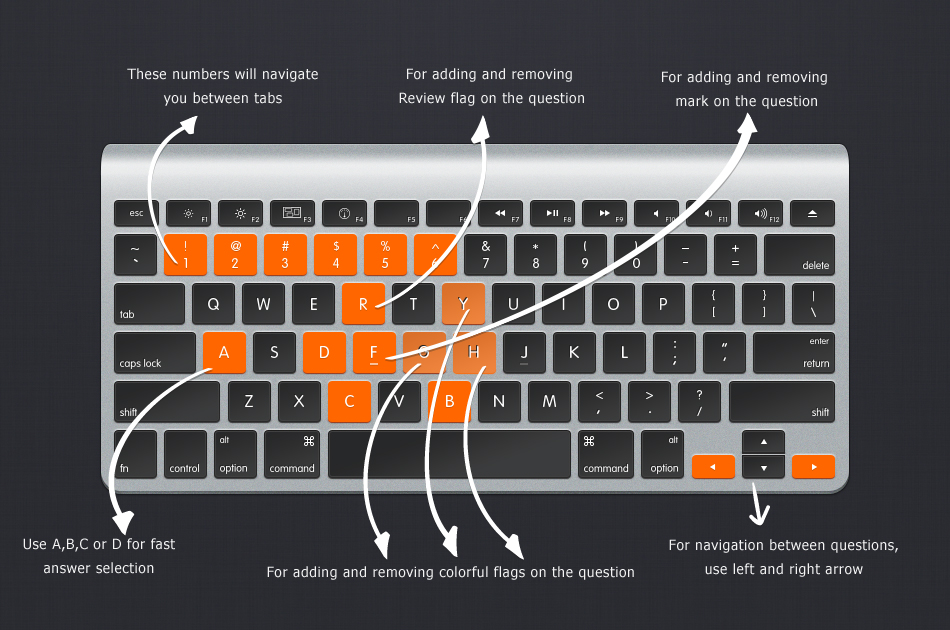Refer to figure.
The longitudinal, lateral and directional stability of a helicopter is dependent on Centre of Gravity (CG) position and the distance of the horizontal and vertical stabiliser from the CG. The stabilisers are only effective when the helicopter is moving.
- In forward flight the stabilisers give positive stability.
- In rearward flight the stabilisers are de-stabilising giving negative stability.
The CG position also affects the flight characteristics of pitching, rolling and yawing about the longitudinal, lateral and vertical axis. If the CG is aft, the shorter distance between the CG and tail rotor decreases the effectiveness of yaw input.
Stability along the longitudinal, lateral and vertical axis are:
- Longitudinal axis gives us lateral stability.
- Lateral axis gives us longitudinal axis.
- Normal or Vertical axis gives us directional stability.
The stability of a helicopter in flight is the tendency of the helicopter to return to its original attitude after a disturbance, i.e. a wind gust, provided that no control inputs have been done by the pilot leading to a new attitude.
Your Notes (not visible to others)
This question has appeared on the real examination, you can find the related countries below.





